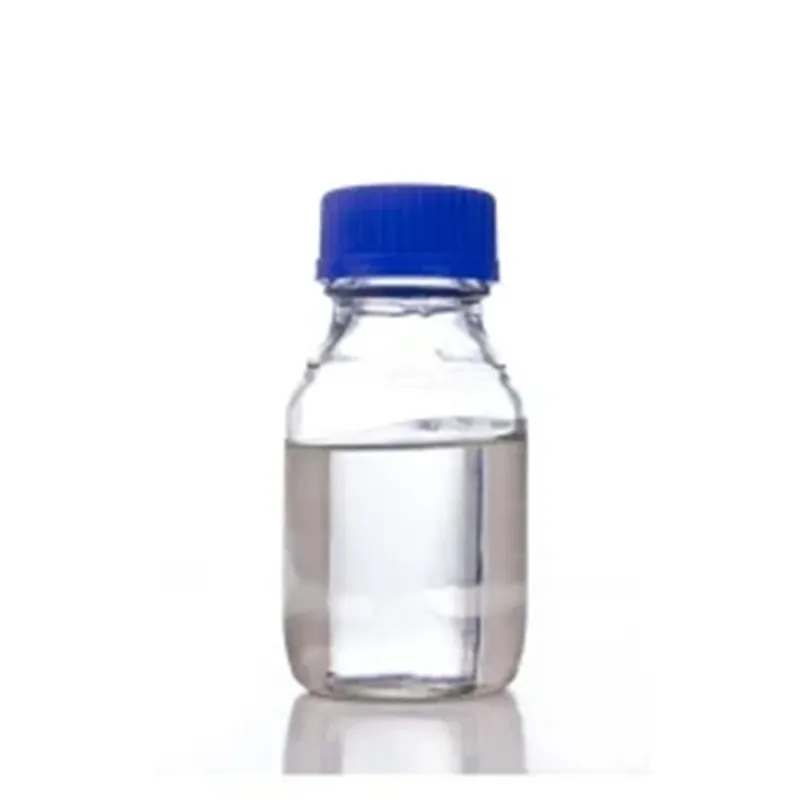Warning: Undefined array key "title" in /home/www/wwwroot/HTML/www.exportstart.com/wp-content/themes/1198/header.php on line 6
Warning: Undefined array key "file" in /home/www/wwwroot/HTML/www.exportstart.com/wp-content/themes/1198/header.php on line 7
Warning: Undefined array key "title" in /home/www/wwwroot/HTML/www.exportstart.com/wp-content/themes/1198/header.php on line 7
Warning: Undefined array key "title" in /home/www/wwwroot/HTML/www.exportstart.com/wp-content/themes/1198/header.php on line 7
- Afrikaans
- Albanian
- Amharic
- Arabic
- Armenian
- Azerbaijani
- Basque
- Belarusian
- Bengali
- Bosnian
- Bulgarian
- Catalan
- Cebuano
- China
- China (Taiwan)
- Corsican
- Croatian
- Czech
- Danish
- Dutch
- English
- Esperanto
- Estonian
- Finnish
- French
- Frisian
- Galician
- Georgian
- German
- Greek
- Gujarati
- Haitian Creole
- hausa
- hawaiian
- Hebrew
- Hindi
- Miao
- Hungarian
- Icelandic
- igbo
- Indonesian
- irish
- Italian
- Japanese
- Javanese
- Kannada
- kazakh
- Khmer
- Rwandese
- Korean
- Kurdish
- Kyrgyz
- Lao
- Latin
- Latvian
- Lithuanian
- Luxembourgish
- Macedonian
- Malgashi
- Malay
- Malayalam
- Maltese
- Maori
- Marathi
- Mongolian
- Myanmar
- Nepali
- Norwegian
- Norwegian
- Occitan
- Pashto
- Persian
- Polish
- Portuguese
- Punjabi
- Romanian
- Russian
- Samoan
- Scottish Gaelic
- Serbian
- Sesotho
- Shona
- Sindhi
- Sinhala
- Slovak
- Slovenian
- Somali
- Spanish
- Sundanese
- Swahili
- Swedish
- Tagalog
- Tajik
- Tamil
- Tatar
- Telugu
- Thai
- Turkish
- Turkmen
- Ukrainian
- Urdu
- Uighur
- Uzbek
- Vietnamese
- Welsh
- Bantu
- Yiddish
- Yoruba
- Zulu
ਅਗਃ . 21, 2024 21:45 Back to list
Comparison of Citric Acid Monohydrate and Anhydrous Forms Differences and Uses
Differences Between Citric Acid Monohydrate and Anhydrous Citric Acid
Citric acid, a naturally occurring organic acid found in citrus fruits, is widely used in the food, pharmaceutical, and cosmetics industries. As a versatile compound, it exists in two primary forms citric acid monohydrate and anhydrous citric acid. Understanding the differences between these two forms is crucial for their appropriate application in various industries.
Composition and Structure
Citric acid monohydrate contains one molecule of water for each molecule of citric acid, meaning that its chemical formula is C₆H₈O₇·H₂O. This water molecule is integral to its crystal structure, resulting in a different physical appearance and stability compared to its anhydrous counterpart. On the other hand, anhydrous citric acid does not contain any water molecules in its structure and has a higher concentration of citric acid per unit weight. Its chemical formula is simply C₆H₈O₇.
Physical Properties
The differences in water content lead to notable differences in physical properties between the two forms of citric acid. Citric acid monohydrate typically appears as white crystalline powder with a slightly larger particle size and a higher moisture content. In contrast, anhydrous citric acid is denser, has a finer texture, and is more hygroscopic – meaning it can absorb moisture from the air. This makes anhydrous citric acid more prone to clumping if not stored properly.
Solubility and Dissolution Rate
Another significant difference lies in their solubility. Citric acid monohydrate generally has a higher solubility in water than the anhydrous form due to the presence of the water molecule, which facilitates the dissolution process. However, the anhydrous form usually dissolves faster in warm solutions. This variation in solubility rates can affect formulations in food and beverages, where the choice between the two forms could influence texture and flavor release.
perbedaan citric acid monohydrate dan anhydrous

Usage in Industries
The applications of citric acid monohydrate and anhydrous citric acid can differ based on their properties. Citric acid monohydrate is often preferred in applications that require a slower release of acidity, such as in canned goods and beverages, because its solubility properties allow for gradual acidification. The moisture content in this form also helps to preserve specific volatile compounds in food products, enhancing flavor.
On the other hand, anhydrous citric acid is commonly utilized in pharmaceuticals and dietary supplements where a precise concentration of active ingredient is necessary. Its anhydrous nature makes it particularly suitable for applications in which moisture control is crucial. Additionally, because it is more concentrated, it is used in formulations where space and weight are premium concerns.
Storage and Stability
Stability is another factor to consider when choosing between these two forms. Citric acid monohydrate, with its higher moisture content, is less stable in humid environments, potentially leading to clumping and degradation over time. Anhydrous citric acid, being less hygroscopic, is more stable in environments with fluctuating humidity levels, making it easier to store and transport without degradation.
Conclusion
In summary, citric acid monohydrate and anhydrous citric acid serve different purposes across various industries due to their unique properties. The choice between the two should be guided by factors such as solubility, application requirements, and storage conditions. By understanding these differences, manufacturers can optimize their formulations, ensuring that they suit the end-use requirements while maintaining quality and efficacy.
Latest news
-
Certifications for Vegetarian and Xanthan Gum Vegetarian
NewsJun.17,2025
-
Sustainability Trends Reshaping the SLES N70 Market
NewsJun.17,2025
-
Propylene Glycol Use in Vaccines: Balancing Function and Perception
NewsJun.17,2025
-
Petroleum Jelly in Skincare: Balancing Benefits and Backlash
NewsJun.17,2025
-
Energy Price Volatility and Ripple Effect on Caprolactam Markets
NewsJun.17,2025
-
Spectroscopic Techniques for Adipic Acid Molecular Weight
NewsJun.17,2025

